
The Battle of Pydna in 168 BC was arguably the most consequential clash between ancient Rome and the Kingdom of Macedon, leading to the furthering of Roman authority over Greece and the dissolution of Macedon as an independent political actor.
The battle is also of tactical interest to modern historians and factors heavily into the debate concerning the supposed supremacy of the Roman manipular system over the Macedonian phalanx.
Context and Prelude
The Romans had already fought two wars against the Kingdom of Macedon during the reign of Philip V, a member of the Antigonid Dynasty who ruled from 221 to 179 BC. The Antigonids were descendants of Antigonus I Monophthalmus (“the One-Eyed”), a general of Alexander the Great.
The death of Philip V and the ascension to the throne of his son Perseus of Macedon did not bring peace between Rome and Macedon. In 171 BC, the Third Macedonian War broke out between the two Mediterranean powers.
Initially, the Romans achieved a series of minor victories, primarily attributed to Perseus’ failure to unite his armies effectively. However, as the year progressed, the situation changed, with Perseus securing a crucial triumph at the Battle of Callinicus and successfully reclaiming the majority of his previously lost territories, including the vital religious hub of Dion. Consequently, Perseus solidified his position in an impregnable stronghold along the river Elpeus in northeastern Greece.
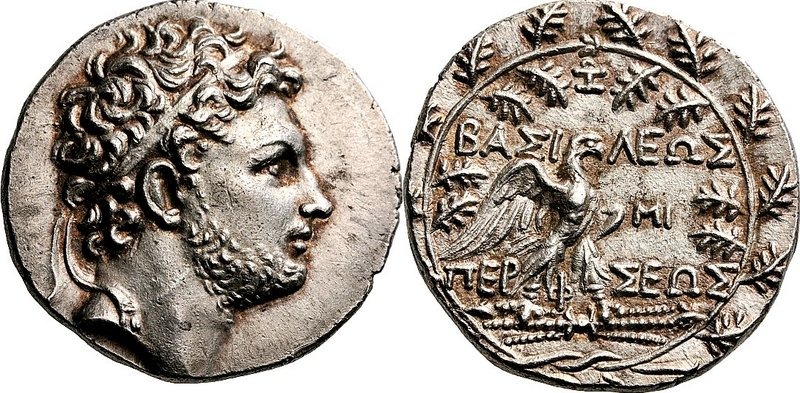
In the following year, Lucius Aemilius Paullus, an experienced soldier and consul, assumed command of the Roman expeditionary force. To outmaneuver Perseus, Paullus used a clever tactic, sending a small force led by Publius Cornelius Scipio Nasica Corculum on a diversionary feint along the coast. Meanwhile, Scipio’s main force secretly moved south over the mountains to attack the Macedonians from behind.
However, a Roman deserter warned Perseus, who promptly dispatched a force under Milo to block the approach road. The encounter with Scipio’s force sent Milo’s men back in disarray. Subsequently, Perseus positioned his army near Katerini, a village south of Pydna, on a suitable plain for his phalanx.
On the day of the battle, June 22nd, fighting commenced in the afternoon. The exact cause of the start of the battle is disputed, with one account suggesting Paullus used a horse to create alarm, while another indicating that Roman foragers triggered a skirmish with Thracians from Perseus’ army.
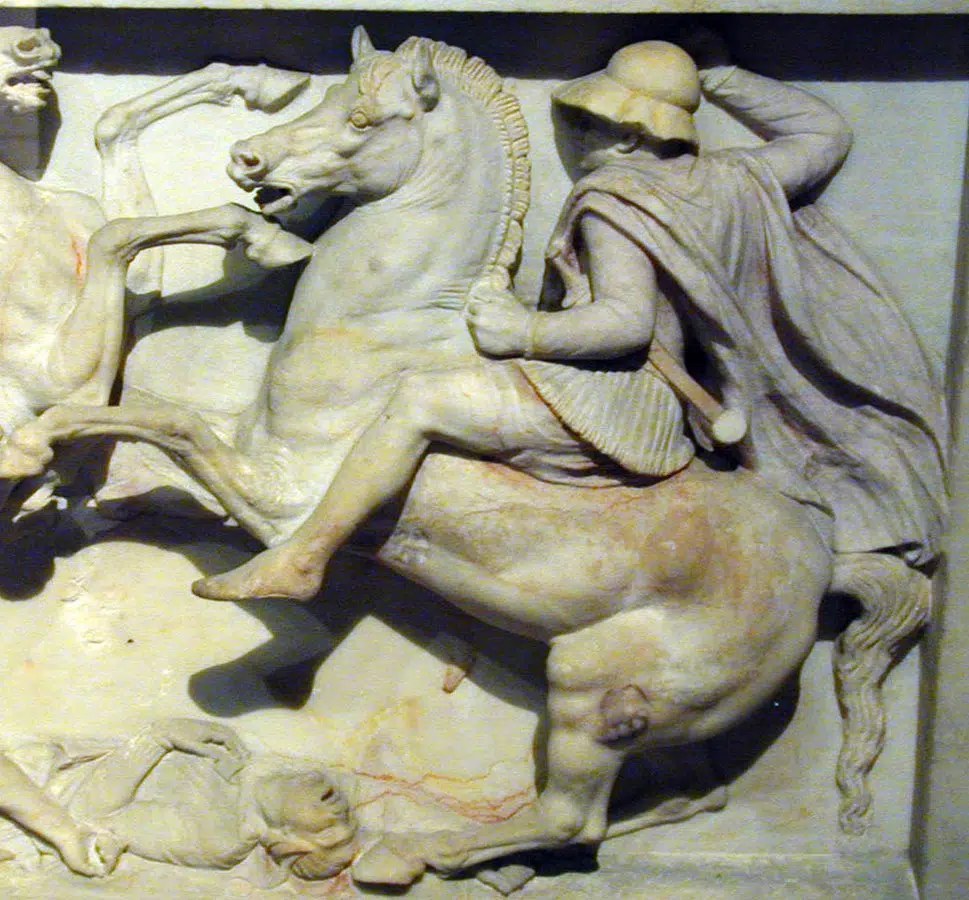
The Battle of Pydna: Macedon vs. Rome
The Roman expeditionary force, commanded by Lucius Aemilius Paullus, comprised between 28,600 to 37,000 men, including infantry and cavalry from various regions. The Macedonian army, initially numbering 43,000 soldiers, had about 30,000 men at the time of the battle.
The two armies lined up in their traditional formations. The Romans positioned their legions in the middle, flanked by allied infantry and cavalry. The Macedonians deployed their phalanx in the center, with elite guards on the left and lighter infantry on the flanks, likely accompanied by cavalry.
The battle began around 3 pm, with the Macedonian phalanx advancing toward the Romans. Initially, the sight of the formidable phalanx intimidated the Romans, but they executed a planned retreat over rough terrain, causing the Macedonian line to lose cohesion. Taking advantage of the situation, Paullus ordered the legions to attack the exposed flanks of the phalangites. The Romans’ superior weaponry and tactics proved effective in breaking the Macedonian formation.
As the tide turned against him, Perseus fled the battlefield with his cavalry. Some reports suggest that the king was injured at the start of the battle. The Macedonian guard fought valiantly but was eventually defeated, resulting in a significant number of Macedonian casualties and prisoners.
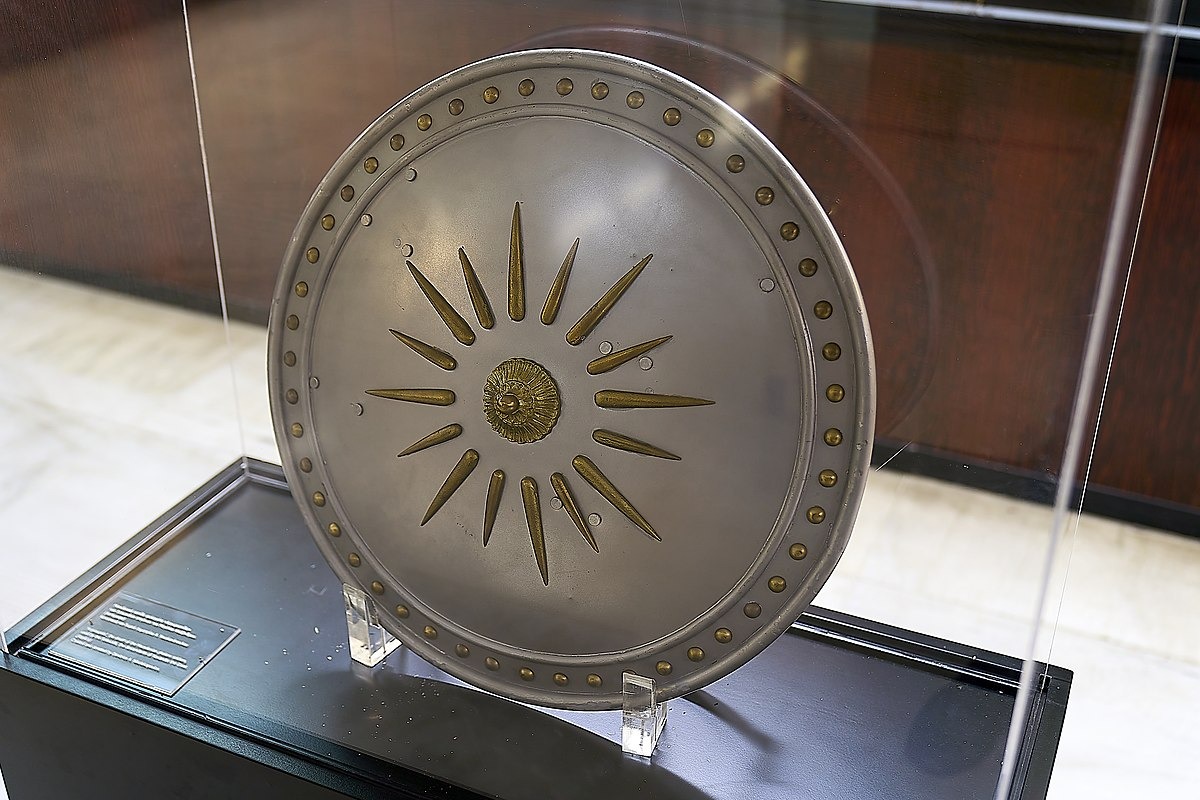
Macedonian Phalanx vs. Roman Manipular System
The battle is often seen as a victory for the Roman legion’s flexibility over the Macedonian phalanx’s rigidity. However, modern analysis points to a failure of command on Perseus’ part and the unusual stance of the Companion cavalry, which did not engage the enemy. The training levels of the troops also played a crucial role in determining the outcome of the battle.
Acknowledging the various strengths and weaknesses of the Roman manipular system versus the Macedonian phalanx is necessary to produce a nuanced and valid analysis of the battle and the wider debate concerning the merits of both formations.
The Roman manipular system was certainly the more flexible of the two. The Roman infantry fought in a less tightly condensed formation and were better able to fight on rough terrain.
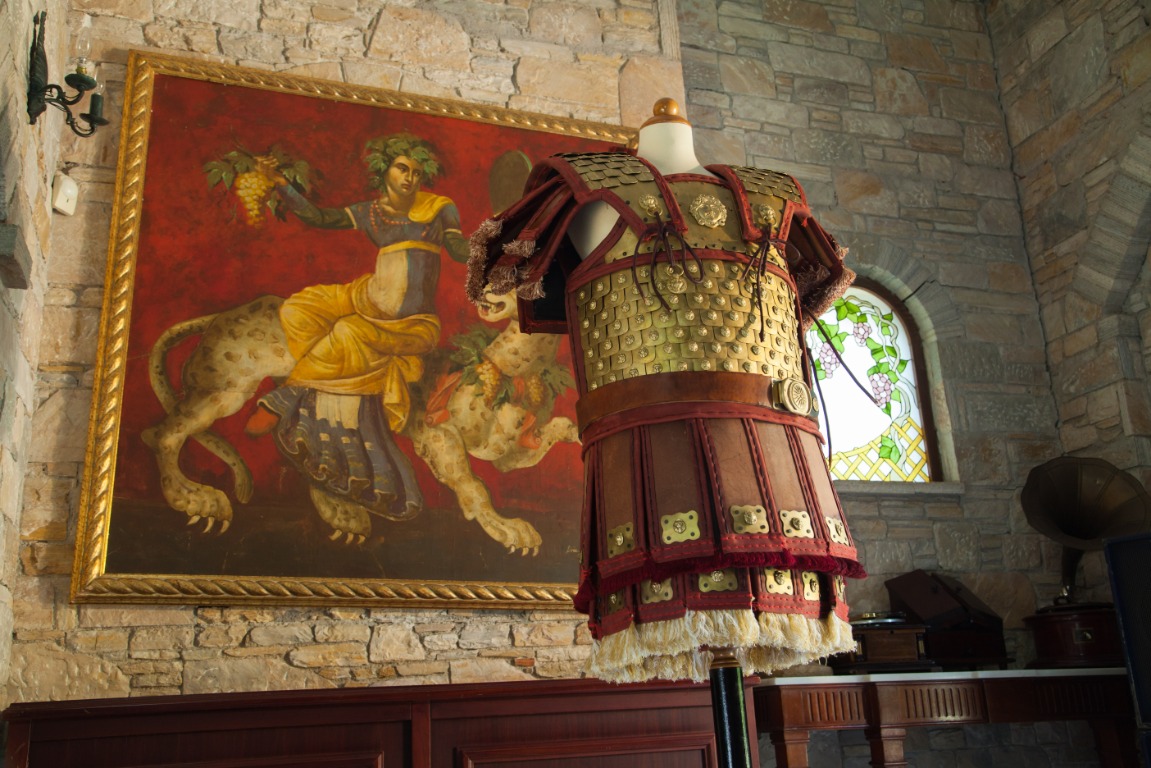
Moreover, individual units had greater tactical flexibility as the junior officers corps of the Roman army, the centurions, were given greater authority to make decisions on the battlefield. Conversely, the Macedonian phalanx typically fought as a more rigid block of tightly packed infantry making smaller unit-scale maneuvers more difficult, particularly over rough terrain.
However, the Macedonian phalanx was virtually invincible in a frontal confrontation on flat ground. Indeed, the Romans, equipped with short swords (the gladius) and large shields were unable to bypass the thick wall of pikes presented by the phalanx at Pydna until the formation lost cohesion on rough ground.
Perseus’ main failure was to abandon the combined arms tactics pioneered by earlier Macedonian rulers like Philip II and Alexander the Great. The phalanx was a formidable infantry formation, but it worked best when used in concert with outer troop types in the army, particularly the cavalry. Previous Macedonian rulers, Alexander in particular,favored the hammer and anvil strategy, whereby the phalanx would pin the enemy infantry in place and the cavalry would charge into the flanks and rear. Light infantry and cavalry would be used to guard the vulnerable flanks of the inflexible phalanx.

Aftermath
Although the Battle of Pydna was not the final confrontation between Rome and Macedon, it dealt a significant blow to Macedonian power. The aftermath of the battle marked the effective end of Macedonian independence, although formal annexation was still a few years away.
Perseus later surrendered to Paullus and was paraded in chains as a captive in Rome during a triumphant procession. He was subsequently imprisoned. The Senate’s settlement included deporting many of the king’s allies to Italy and placing Perseus under house arrest at Alba Fucens.
The Macedonian kingdom was dissolved, and its government was replaced with four restricted republics, which were prohibited from engaging in trade or interaction with each other. This political settlement was initially successful at preserving Roman hegemony over Macedon.
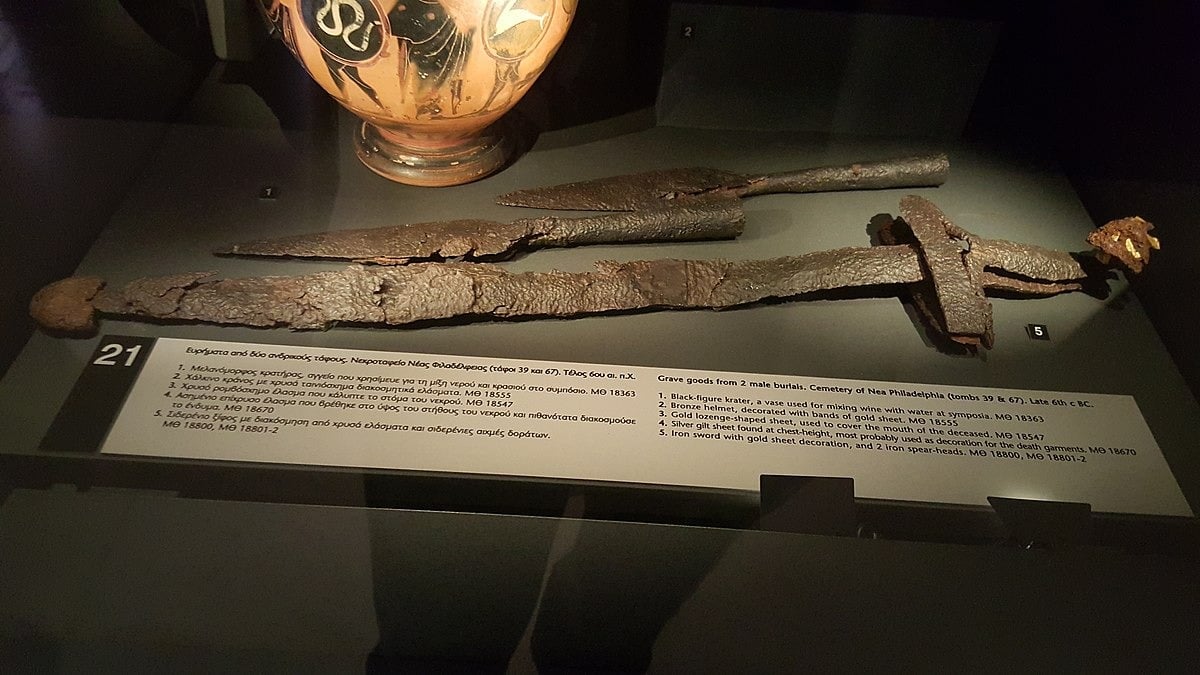
However, Andriscus, a Greek who bore a striking resemblance to Perseus, asserted that he was the son of the former king and managed to reclaim the Macedonian Kingdom with the aid of Thracian troops and mercenaries.
In the beginning, Andriscus experienced success, triumphing over Roman allies and even defeating a Roman army sent to halt his advance. He expanded his control to include a significant portion of Thessaly. However, his fortunes turned when he faced another Roman army led by Quintus Caecilius Metellus at the Second Battle of Pydna in 148 BC, resulting in a severe setback for his cause. Subsequently, Andriscus faced pursuit, leading to his eventual betrayal and capture by the Romans.
In the aftermath of the war, Macedon became a formal Roman Provence. The Romans further asserted control over mainland Greece in the subsequent Achaean War and over the wider Hellenistic world in various conflicts with the Greek Successor States.
See all the latest news from Greece and the world at Greekreporter.com. Contact our newsroom to report an update or send your story, photos and videos. Follow GR on Google News and subscribe here to our daily email!



